Mbappe thought he had scored a penalty - Photo: REUTERS
Penalty situation for "gunners"
In the 9th minute, Arsenal were awarded a corner kick. As Declan Rice's pass was aimed at goalkeeper Thibaut Courtois, Arsenal midfielder Mikel Merino went down after colliding with Raúl Asencio.
Referee François Letexier initially allowed the match to continue, but shortly afterwards he was informed by VAR referee Jérôme Brisard to review the screen showing Merino falling in Real Madrid's penalty area.
So where does the line come from when holding a player becomes a foul? The act of holding or pulling a player is not always a foul, but the effect it has on the opponent.
The trajectory of the ball is often a key factor in VAR's review. If the player being held still has a chance of contesting the ball, VAR is more likely to intervene and award a penalty. Conversely, if the attacking player does not move into the area where the ball is likely to land, VAR will not intervene.
In the case of Asencio holding Merino, the question is: is the impact big enough for VAR to step in and award a penalty?
It was a somewhat easy decision, and the process was pretty quick, taking just over 2 minutes. If everything went smoothly like that, then what followed certainly wouldn't be simple.
Real Madrid's penalty was cancelled
The incident happened in the 23rd minute when Real Madrid were pushing up their attacking formation, Lucas Vazquez passed the ball up and Asencio headed it in.
Kylian Mbappe fell down while trying to turn around to catch the ball, thinking he was being held back by Declan Rice.
Immediately, referee Letexier pointed to the penalty spot and gave Rice a yellow card, meaning he is at risk of missing the first leg of the semi-final.
The incident was then thoroughly reviewed by VAR. VAR's final decision: the penalty was overturned.
Referee faces criticism in Real Madrid vs Arsenal match - Photo: REUTERS
The decision will surely leave Real Madrid fans wondering: why were Arsenal awarded a seemingly similar penalty, while their own side were denied the chance?
Rice had his arms around Mbappe, and normally evidence of contact would see the referee’s decision upheld. However, it’s worth noting that contact to the upper body is judged differently to contact to the lower body. This means a tackle is likely to be upheld, but with holding, the degree of impact is key.
The impact of Rice's tackle was not strong enough to cause the French star to fall so clearly. VAR's intervention in this situation can be considered a positive surprise.
However, the most blameworthy thing was the long waiting time - it took exactly 5 minutes from the penalty whistle until the referee left the screen and signaled the cancellation.
The process itself added to the confusion, with television graphics incorrectly indicating that the penalty had been ruled out for offside.
Although the referee would have been called out to review the monitor for Mbappe's possible offside, play was restarted with a free-kick to Arsenal goalkeeper David Raya. Had it been offside, Arsenal would have been awarded an indirect free-kick.
Premier League referees have previously faced criticism for the length of time it takes to review VAR in similar situations. Now when a referee is asked to review the screen, the attack is checked simultaneously as he moves to it.
But in this match, the referee, players and fans all had to stand and wait not only for the decision on the foul but also for the offside check.
Read moreBack to Topic Page
Back to topic
TUAN LONG
Source: https://tuoitre.vn/var-cuop-phat-den-cua-real-madrid-tang-arsenal-20250417090345731.htm


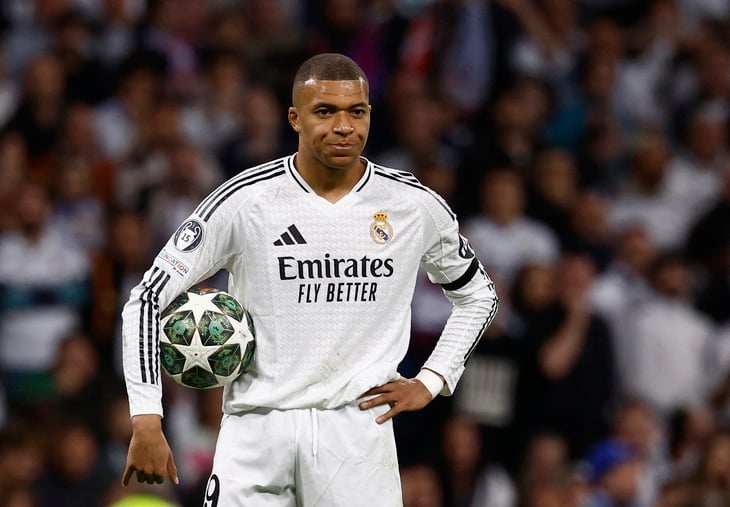






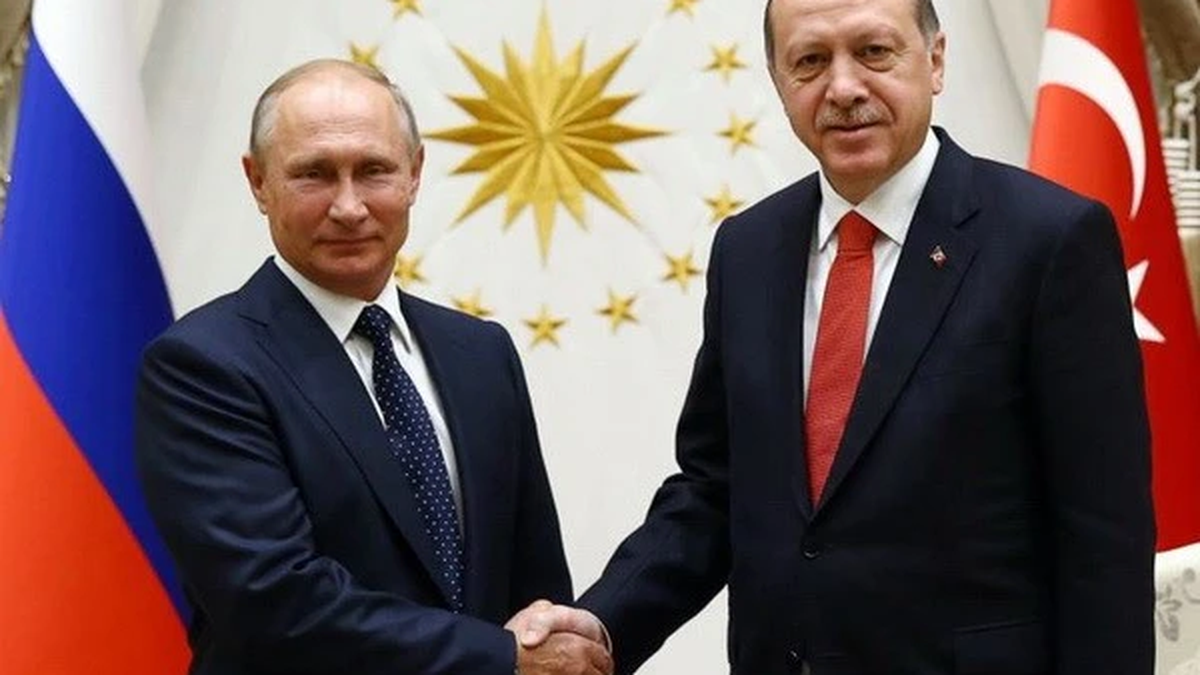

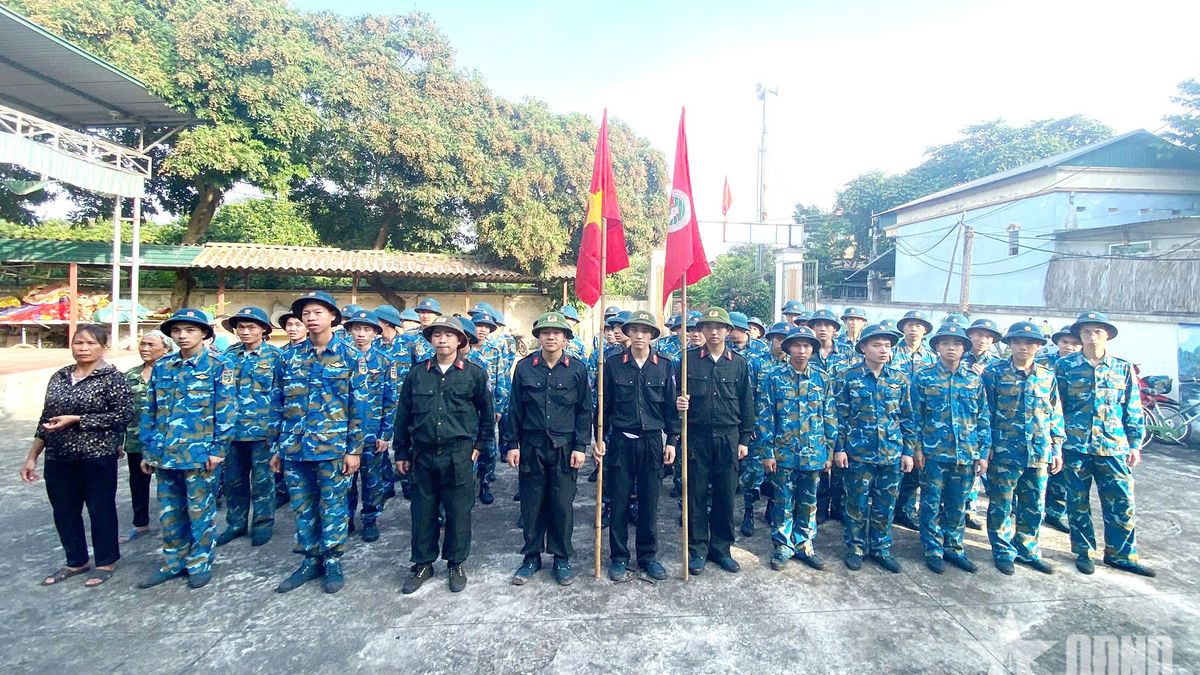
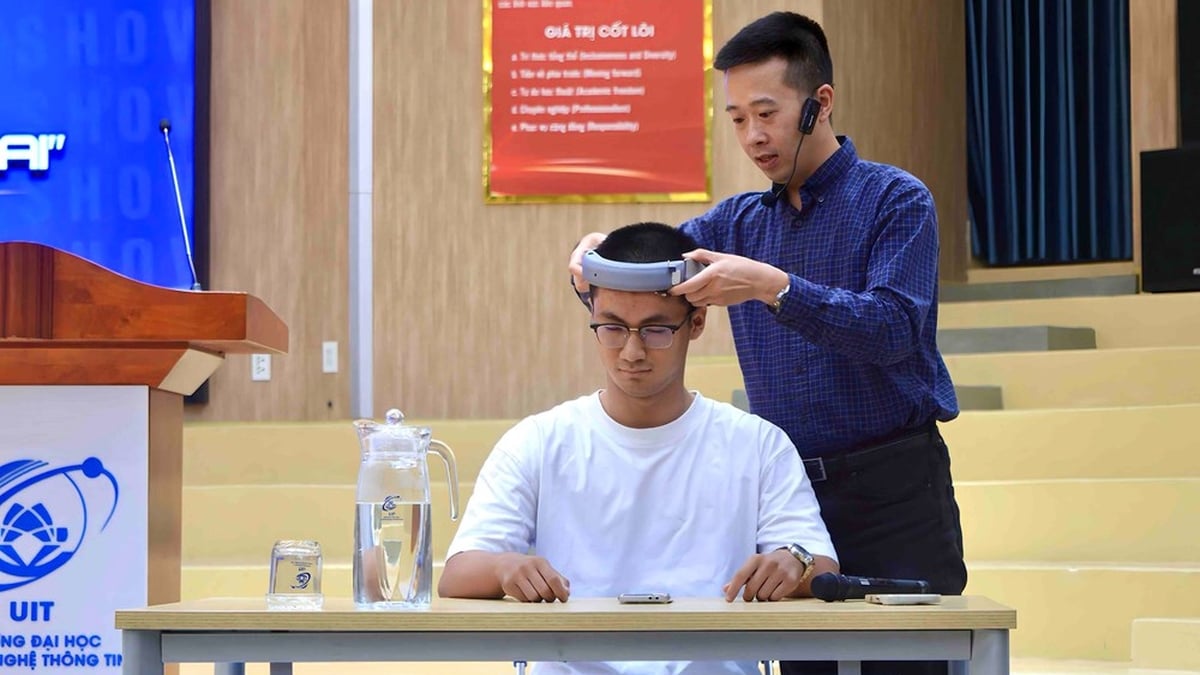


















































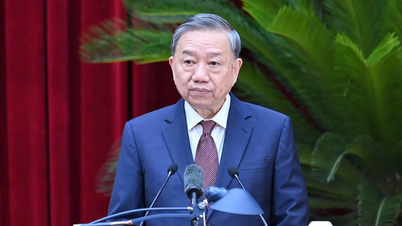
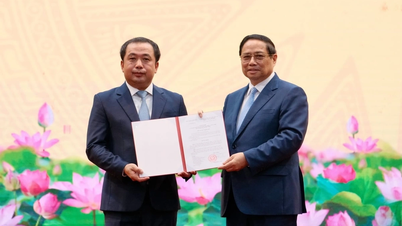
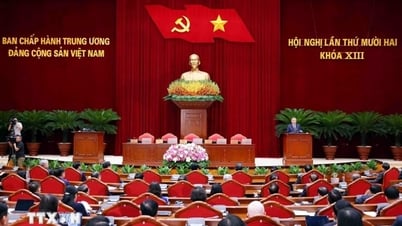








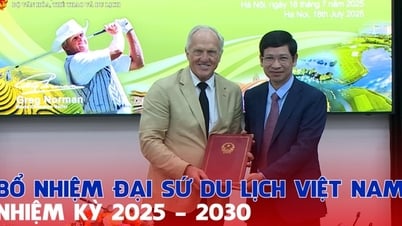


























Comment (0)